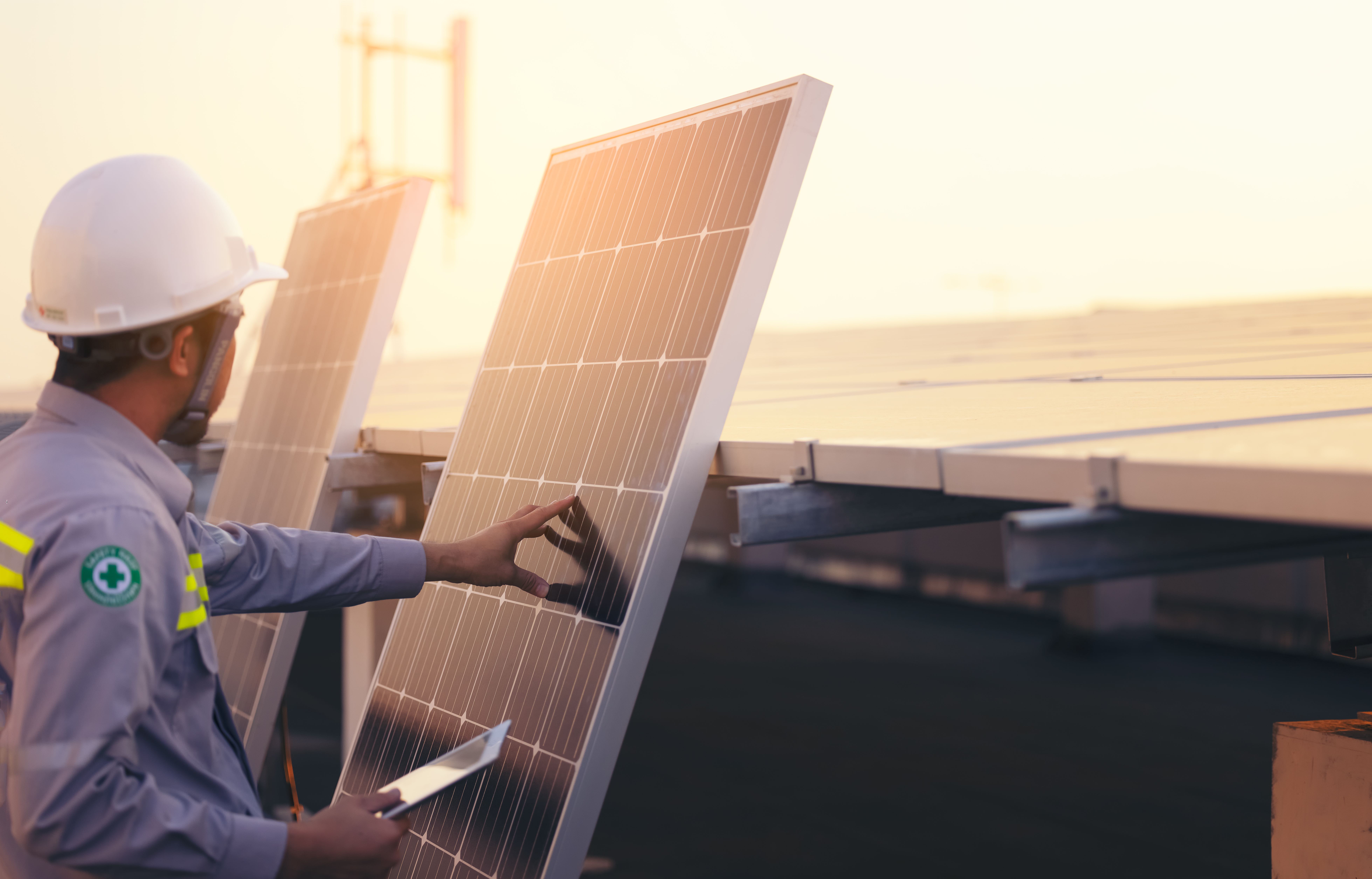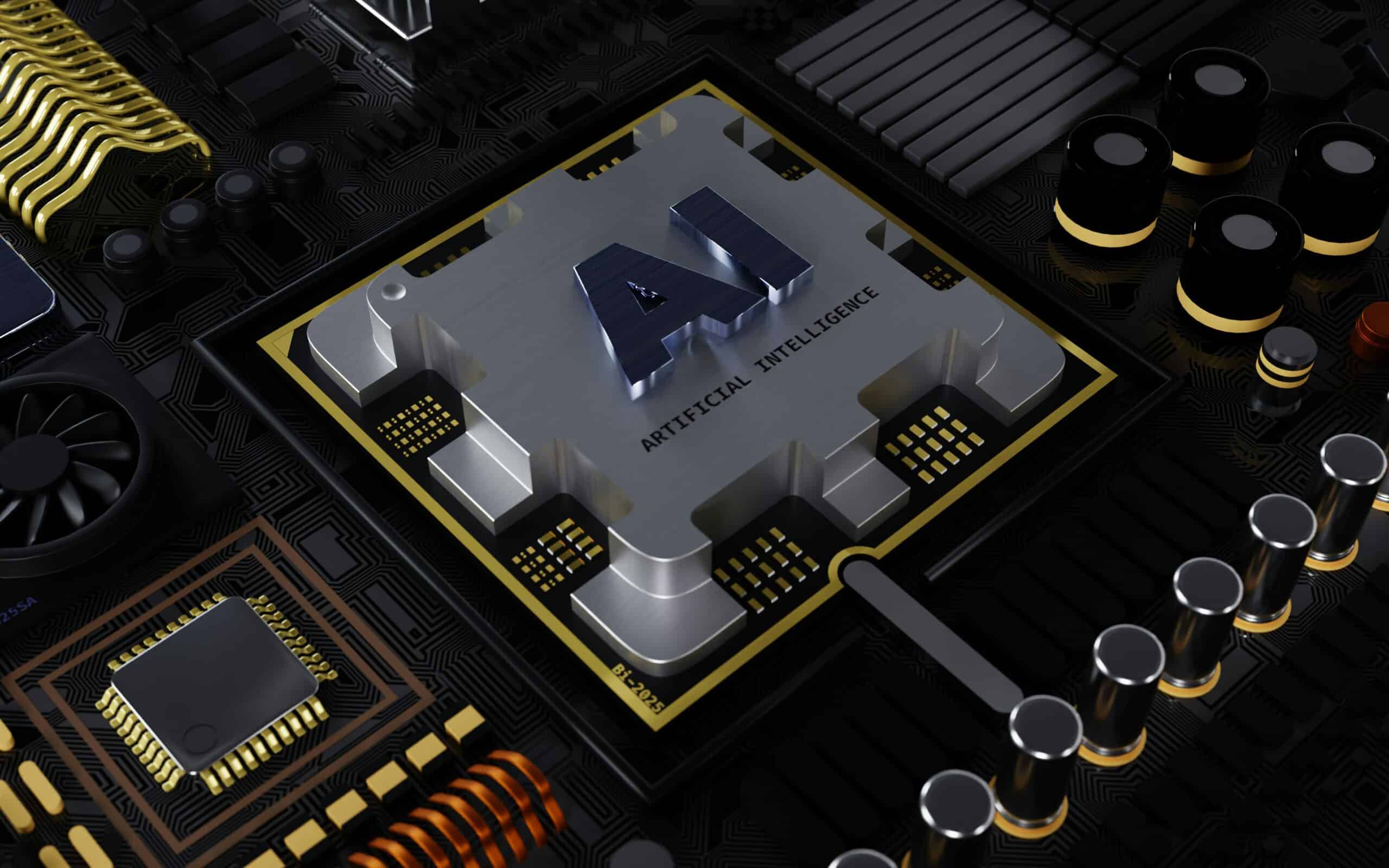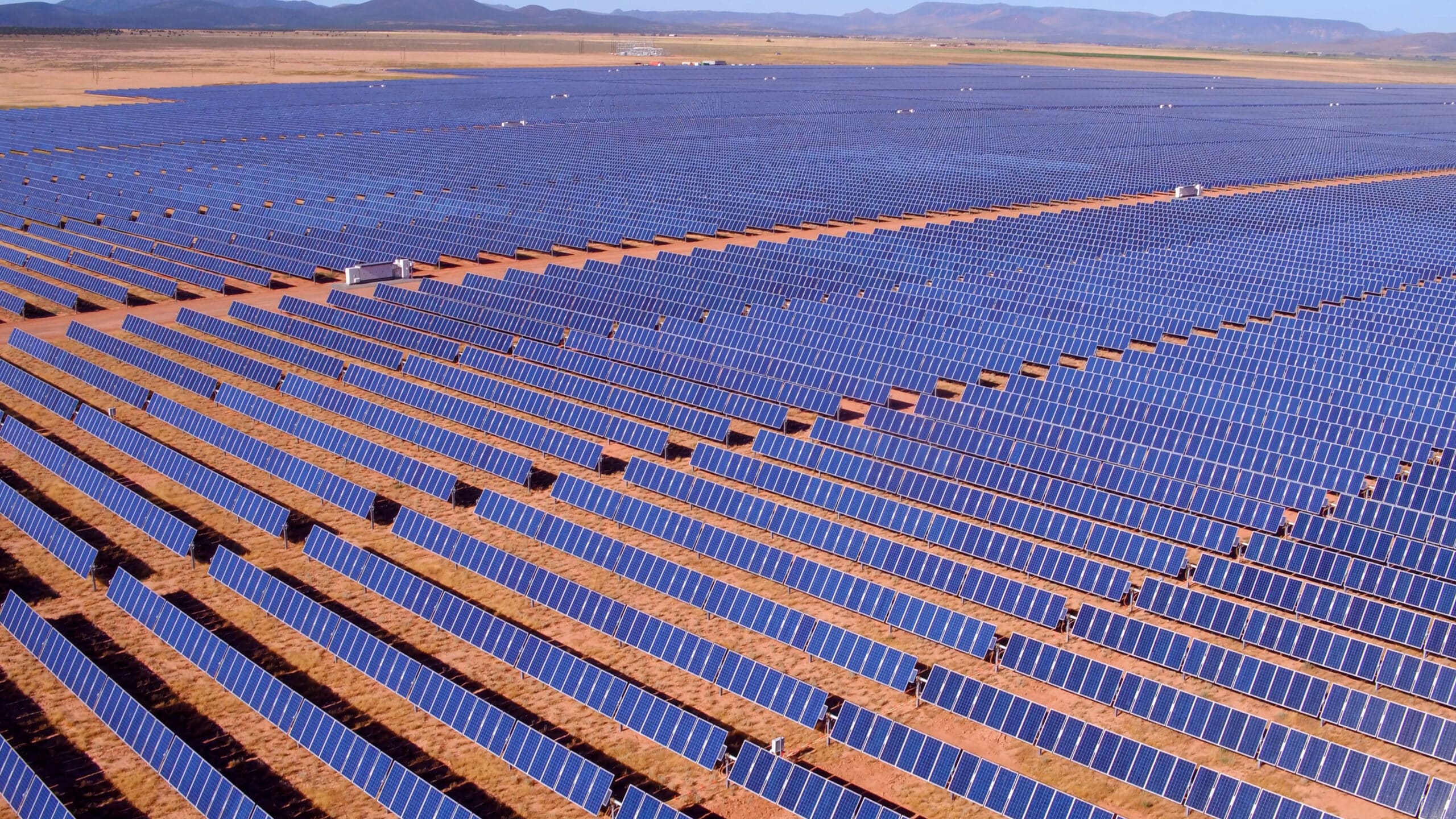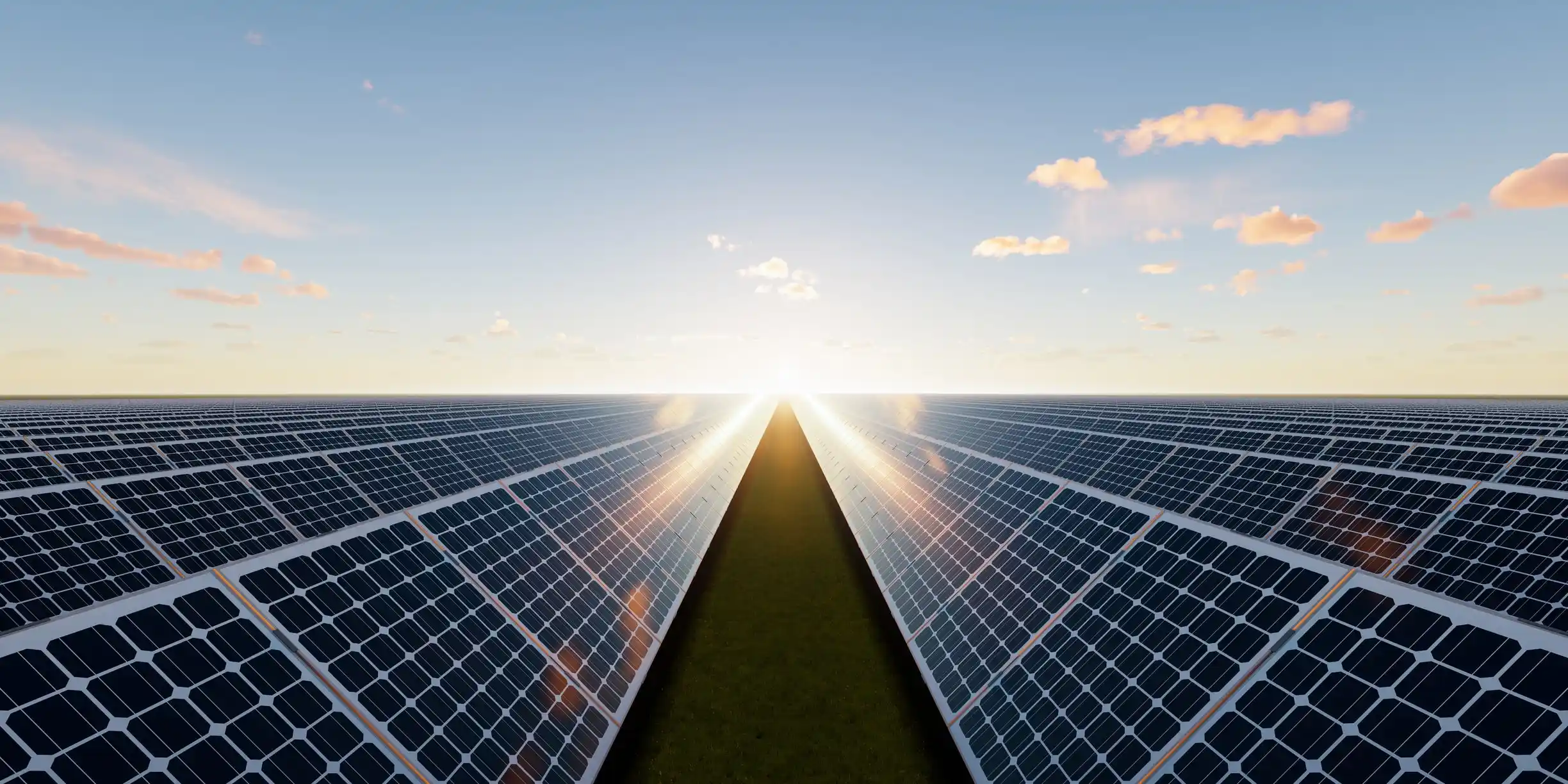POSTED
November 29, 2022
Tax benefits of solar investing – is it right for you?
Since the Inflation Reduction Act (IRA) passed Congress in 2022, many investors want to know the tax benefits. Since tax policy is everyone’s favorite topic… (the sound of losing readers is deafening), I will make this as short and painless as possible. The Investment Tax Credit (ITC) and the Production Tax Credit (PTC) are expanded […]

Since the Inflation Reduction Act (IRA) passed Congress in 2022, many investors want to know the tax benefits.
Since tax policy is everyone’s favorite topic… (the sound of losing readers is deafening), I will make this as short and painless as possible.
The Investment Tax Credit (ITC) and the Production Tax Credit (PTC) are expanded and extended to the benefit of all solar projects.
Great news, right?
And it is!
But the ITC and PTC are designed for utility and community-scale solar. This means using the ITC and PTC tax benefits as an individual is complicated.
Large-scale solar tax incentives are very different than individual tax incentives.
But, before we get to the ITC and PTC, let’s explore the individual benefits within the IRA that you can use right away.
*Disclaimer: there are many in-depth analyses of the IRA available, and this is not one of them; we are taking a high-level look just to clear up the basics for our readers and concerning homeowners, drivers, energy, and solar specifically. There is a lot more in this bill, so if you want more detail, you can read more at the Bipartisan Policy Center or if you are up for it, read the IRA bill in its entirety. Lastly, everyone’s tax situation is unique, so we recommend talking with a tax professional for all tax planning.

Individual Tax Benefits
Rooftop Solar: For individuals looking to add solar to the roof of their homes, the IRA provides a tax credit of 30% for projects started between 2022 and 2032. The credit decreases to 26% for projects created in 2033 and 22% for 2034.
Home Energy Efficiency: The 10% credit was increased to 30% and extended to 2032. The lifetime credit cap was replaced with a $1,200 annual cap with some limitations, including removing roof eligibility. Some credits cover home energy audits to $150 and electric panel upgrades to $600.
HOMES rebate: There is $4.3 billion in funding available to DOE. This targets aggregators and low- and moderate-income individuals to achieve whole-house energy-saving retrofits.
Electric Vehicles: An electric vehicle (EV) credit of $7,500 helps individuals buy a new EV. A credit of $4,000 or 30% of the vehicle cost (whichever is lesser) for those buying a used EV. There are some limitations to vehicle eligibility.

Utility-Scale Tax Benefits
Investment Tax Credit: The ITC is one of the main incentives solar developers can use for their projects. The IRA provides an ITC Extension of 30% until 2025. After 2025, the ITC will have a 6% base with adders of 24% for complying with labor standards. There is a 10% adder for domestic materials, and, finally, 10% for locating near closed energy facilities.
Production Tax Credit: The PTC is the other primary incentive for solar development. Projects can choose the PTC or the ITC and not both. There is some question about using one for PV and the other for a battery within the same project – but this is unsettled.
The PTC provides a per kilowatt-hour (kWh) incentive for the first ten years of a renewable energy facility’s operation. After that, the rate depends on the project scale and labor standard compliance.
Value to Summit Power Fund Investors
How does this translate to value for investors in our solar farms?
Higher Project Value: The ITC and PTC add substantial topline value to all of our solar development projects.
The sale of each solar farm is a function of many inputs, such as the price of power sold, the costs of substation upgrades, the duration of the land use and PPA contracts, tax considerations like ITC and PTC, and dozens of other things.
Since the ITC and PTC make the project cheaper to build and operate, those savings are reflected in the project value when we sell it. Therefore, the additional value is included in the project price, which means a much higher ROI for investors!
Capital Gains: The income from selling solar projects is realized as long-term capital gains since project sites will generally be owned for longer than one year. The fund targets an annualized Internal Rate of Return (IRR) of 50%.
Preferred Return: The investors will also receive a Preferred Return (the percentage determined by which tranche of shares an investor owns, based on how early they invested). This preferred return will be reported on Form 1099 as Ordinary Income.
Offsets Other Gains: Investors can use losses in the first years of operating and development to offset gains elsewhere.
Investors will experience losses for 2022 and possibly 2023 (along with gains in 2023) due to project expenses and sales proceeds. The Summit Power Fund uses investment capital for development costs, considered a loss for tax purposes.
Since these costs are expected for the first couple of years, investors can plan to use these losses to offset income gains elsewhere. Investors receive a Schedule K-1 (Form 1065) each year, and the losses will be reflected on that form for those years.
Depreciation: Every solar project uses depreciation in its financial model, so it’s natural to believe investors can use it too. For small projects owner individually, this is true, but the scale of our projects and the nature of our business model do not allow for this.
Why?
Our development model is to partner with the long-term project owner by offering them shovel-ready sites. These new partners own and operate the solar farm for years to come and can depreciate the equipment. Our fund no longer owns the project once depreciation is in play.
However, similar to tax inputs this depreciation input is part of the financial modeling we use for valuing a solar project at the time of the sale. So this input is considered and added to the pot!
Is the Summit Power Fund Right for you?
We have created a fund allowing investors to support solar projects that may have otherwise never been built. Many investors want tax efficiency through solar investing, and while there are tax advantages to investing in our fund, our primary focus is developing world-class solar projects.
The Summit Power Fund is designed to create solar opportunities and deliver high returns and positive impact for investors.
Investors in these projects support a clean energy future with the highest clean energy impact dollar for dollar.
Ready to invest? You can gain unrestricted access to the investor portal by making an account here:





